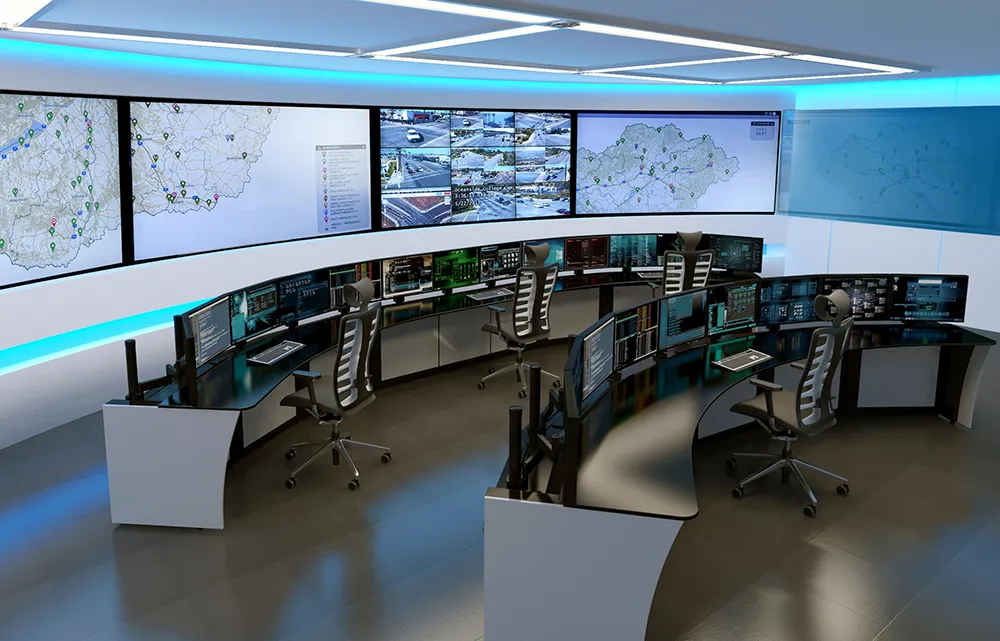
The computer is the brain of Borum road marking
systems. It provides total control of all road marking tasks, from pre-marking, line programming, and line application to reporting and invoicing.
Now, with the optional GPS module, Borum says it is possible to also track and record the line marking positions for each individual line marking job. A machine’s activity is automatically converted into a separate GPS log file, which customers can now view using Google Earth. This means they can visualize visualise relevant information and technical details of road marking jobs, their timeline and evolution at different points in time and much more.










